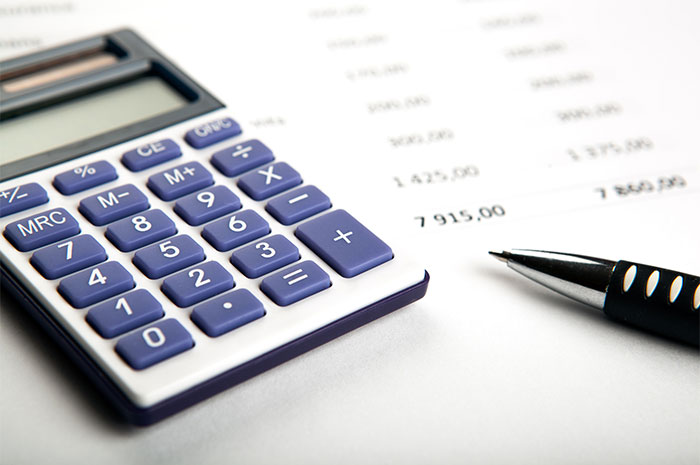
There is a great deal of confusion concerning the calculation and significance of Owner’s Discretionary Cash Flow (ODCF). First, it is not taxable income as shown on the tax return. Second, it is not net income as shown on the income statement. Rather, Owner’s Discretionary Cash Flow is a calculated figure that helps a buyer determine how much free cash flow is available to a new owner if he or she buys the business in question.
How to Calculate Owner’s Discretionary Cash Flow
To perform the Owner’s Discretionary Cash Flow calculation correctly, you do the following:
1. Start with either taxable income from the tax return or net income or net loss from the income statement.
2. Then, add back owner’s compensation and owner’s payroll taxes.
3. Next, add back any owner perks such as medical insurance, life insurance (usually non-deductible for tax purposes), automobile expenses, cell phone expense, pension related expenses (can be Keogh, 401k, SEP-IRA, etc.), dues and subscriptions (if applicable), etc.
4. Then add back amortization expense and depreciation expense, since they are “non-cash” items and simply serve to reduce taxable income (net income) so that less tax can be paid legitimately. If a company is capital intensive with significant fixed assets (machinery and equipment), you may not be able to add back 100% of the depreciation expense.
5. Next you add back interest expense if it is unrelated to net operating leases that are expensed properly on a monthly basis and have no buyback provision at the end of the lease. The reason for adding back interest expense is because a new owner will have his or her own debt structure with the associated interest expense having no relationship to what the current owner is paying.
6. Then you will add back any one-time non-recurring expenses. Examples can include a major software upgrade, litigation expenses, major repairs and maintenance, consulting expenses or anything else that is not going to affect the new owner.
7. Then you will make employee-related adjustments for family members who do not work in the business but are being paid by the business. This also applies if a family member works in the business but receives more or less than market wages. Thus the adjustments can be add backs or negative add backs. If another non-family member is either overpaid or underpaid, a similar calculation must be made.
8. If a 2nd working owner will be leaving the company along with the 1st working owner and the buyer does not have a spouse or partner to replace the individual, then there must be a negative add back for a replacement employee at a market rate of pay.
9. Now we get into a truly gray area. Sometimes a business owner uses a company check to pay for a personal item or totally non-related item that has nothing to do with the business. This check is then coded to a general ledger account like cost of goods sold or some other expense account. These items are also add backs, but the business owner feels awkward disclosing them because they cannot be justified. Yet sometimes the cumulative amounts are quite significant and not adding them back severely understates ODCF.
10. And last but not least, we arrive at unreported cash sales or “skim” as they are commonly known. Under normal circumstances, skim cannot be adequately proven, and as a result, these sales cannot be added back. But in rare instances, skim can be proven and can be treated as a legitimate add back. Obviously, this is the most sensitive area of all, since the business owner is doing something illegal for which the penalties can be quite severe. Many business owners will simply not disclose their skim and understand they will receive less for their business as a result of not depositing all sales into their checking account.
